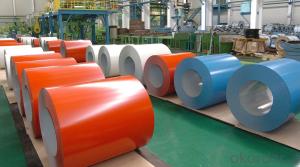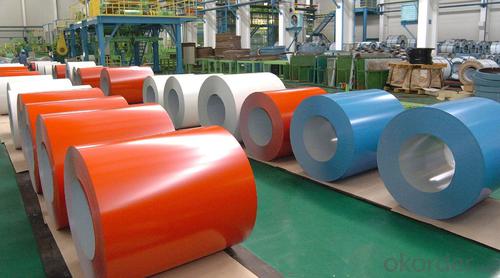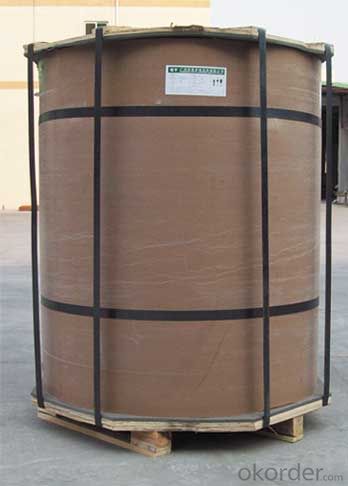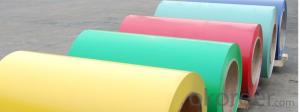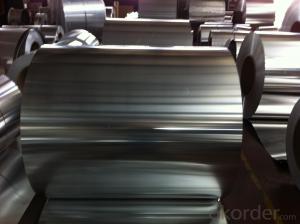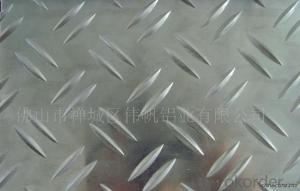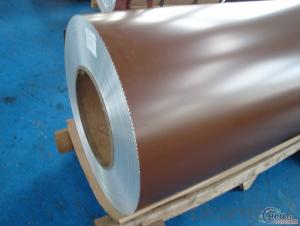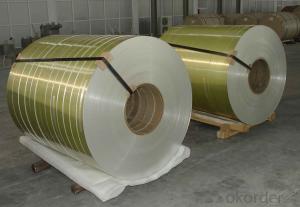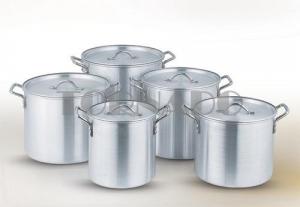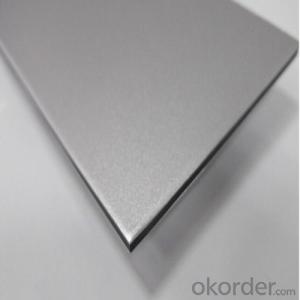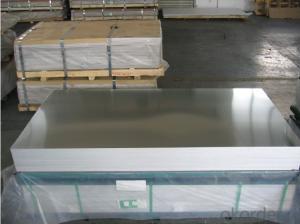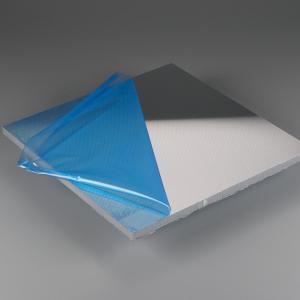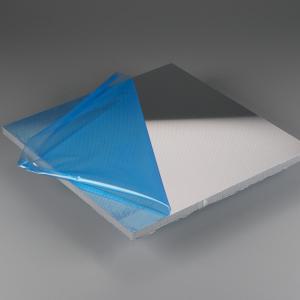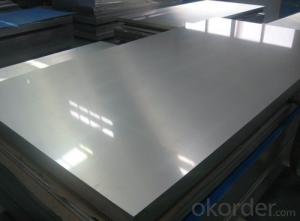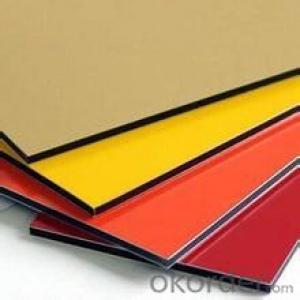Anodized Aluminum Sheets - Domestic Color Coated Aluminium Coils for Wall Curtain
- Loading Port:
- Shanghai
- Payment Terms:
- TT OR LC
- Min Order Qty:
- 5 m.t.
- Supply Capability:
- 50000 m.t./month
OKorder Service Pledge
OKorder Financial Service
You Might Also Like
Specification
1.Structure of Domestic Color Coated Aluminium Coils for Wall Curtain
Domestic Color Coated Aluminium Coils for Wall Curtain for Composite Panel is one semi-finished aluminium material. This strip can be rolled down to aluminium coil,sheet,circle ect. The alloy AA1050 is widly used in building, industry ect. Its weight is much lower than steel. So many customers choosed aluminium material instead of steel.
2. Main features of Domestic Color Coated Aluminium Coils for Wall Curtain
a.Competitive price---We have our own mills and can produce mill finished aluminium coils, so we can control the production cost better.
b.Professional after-sale service---We have more than 15 years exportation experience and you need not worry about the exporation problems.
c.Fast delivery time---We can control the delivery time within 35 days.
3. Image
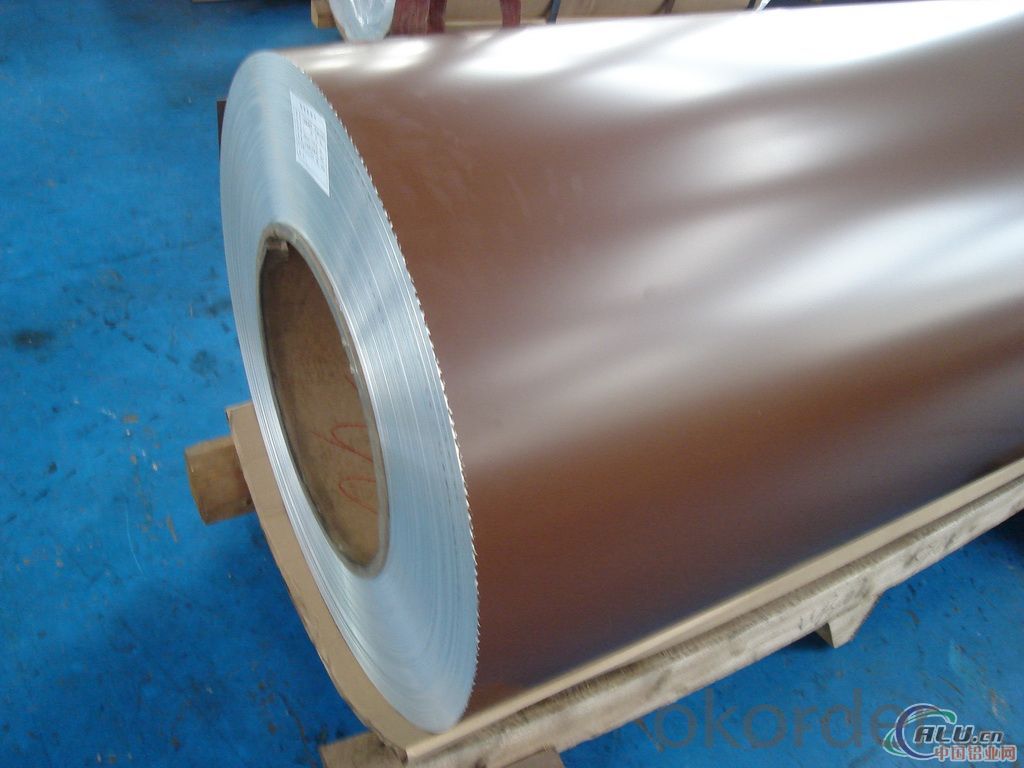
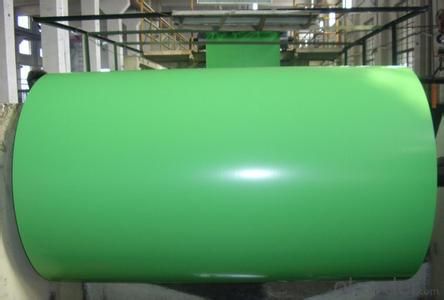
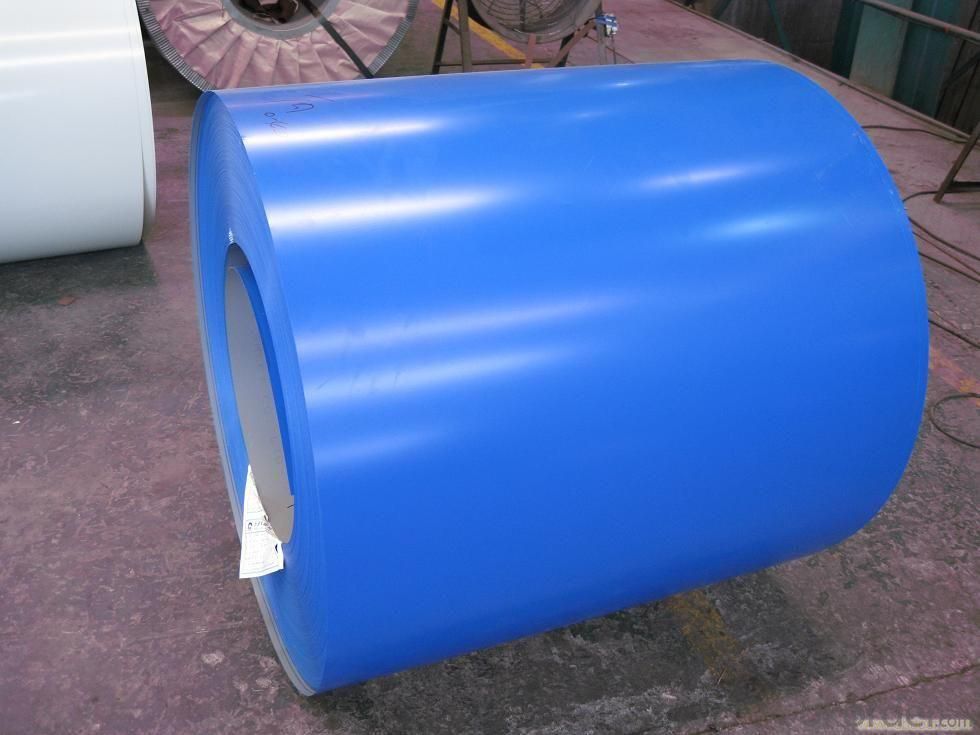
4. Product Specification of Domestic Color Coated Aluminium Coils for Wall Curtain
| Alloy | Temper | Thickness | Width | Weight |
| AA3003 | H14 | 0.2MM-3MM | 1000MM-1800MM | 2 TONS |
5.FAQ:
What is the quality standard?
---Usually our standard is GB3880-2006
What is the largest width?
---It is 2300mm
What is the MOQ?
---Usually we can accept 80 tons.
- Q: Are the aluminum sheets suitable for manufacturing automotive parts?
- Yes, aluminum sheets are suitable for manufacturing automotive parts. Aluminum is a lightweight and durable material that offers several advantages for automotive applications. It has a high strength-to-weight ratio, which makes it ideal for use in manufacturing parts that require strength without adding excessive weight to the vehicle. Aluminum sheets are commonly used in the production of automotive body panels, such as hoods, doors, and fenders. Their malleability allows for easy shaping and forming, enabling manufacturers to create complex designs and intricate details. Additionally, aluminum is highly corrosion-resistant, ensuring that the automotive parts made from it will have a longer lifespan and require less maintenance. Furthermore, aluminum's excellent thermal conductivity makes it suitable for components that require heat dissipation, such as radiators and heat exchangers. Its ability to conduct electricity also makes it useful for manufacturing electrical components in vehicles. Overall, the use of aluminum sheets in automotive manufacturing offers numerous benefits. Their lightweight nature helps improve fuel efficiency, while their strength and durability ensure the structural integrity of the vehicle. Additionally, aluminum's corrosion resistance and thermal conductivity make it a reliable choice for various automotive parts.
- Q: This question asks for a comparison between aluminum sheets and other types of sheet metal regarding their strength and durability.
- <p>Aluminum sheets are known for their high strength-to-weight ratio, making them lighter than many other sheet metals such as steel. They offer excellent corrosion resistance, which contributes to their durability. However, in terms of sheer strength, aluminum is not as strong as steel or titanium. Steel is stronger but also heavier, and while titanium is very strong and durable, it is also more expensive and less commonly used in construction and manufacturing. Aluminum's malleability allows it to be easily shaped and formed, and it is also non-magnetic and has good thermal conductivity. Overall, aluminum is a popular choice for applications requiring a balance between strength, weight, and resistance to corrosion.</p>
- Q: This question asks for a comparison of the positive and negative aspects of utilizing aluminum sheets in various applications.
- <p>Advantages of using aluminum sheets include their lightweight nature, which reduces transportation and handling costs. They are also corrosion-resistant, making them suitable for outdoor applications. Aluminum sheets are recyclable and environmentally friendly, with a high recycled content rate. They are also easy to fabricate and can be cut, bent, and shaped into various forms. Disadvantages include lower strength compared to steel, which may require thicker sheets for certain applications. They can also be more expensive than some other materials, and their light reflection can sometimes be a concern in certain environments.</p>
- Q: Is it possible to incorporate windows made from recycled materials into a construction project?
- <p>Yes, you can use windows made from recycled materials in your project. There are eco-friendly windows available that are manufactured using recycled glass or other sustainable materials. These windows can offer similar performance to traditional ones while reducing the environmental impact of your construction. It's important to check the quality and certifications of the recycled windows to ensure they meet your project's requirements.</p>
- Q: Can the aluminum sheets be used for manufacturing furniture?
- Absolutely, furniture manufacturing can definitely involve the use of aluminum sheets. Due to its lightweight and sturdy nature, aluminum proves to be a perfect choice for crafting furniture that is not only resilient but also conveniently portable. Moreover, its resistance to corrosion ensures endurance even when exposed to different environmental factors. Furthermore, aluminum sheets offer malleability and flexibility, enabling the creation of diverse designs, thus granting furniture manufacturing great versatility. In conclusion, opting for aluminum sheets in furniture manufacturing guarantees the production of top-notch, fashionable, and enduring pieces.
- Q: aluminum is 2.82x10^-8 ohm-m
- Aluminum with the same resistance as 50 meters of copper. (Resistance) = (Resistivity)(Length/Area) So if the resistivity changes by (2.82/1.72), then the length changes by (1.72/2.82). So the length of aluminum would be 50m(1.72/2.82) Length of aluminum would be 30.5 meters
- Q: Can aluminum sheets be used for wall cladding?
- Yes, aluminum sheets can be used for wall cladding. Aluminum is a popular choice for cladding due to its lightweight nature, durability, and corrosion resistance. It can be easily shaped and installed, making it a versatile option for various architectural applications, including wall cladding.
- Q: Can aluminum sheets be roll-formed?
- Yes, aluminum sheets can be roll-formed.
- Q: Can aluminum sheets be used for heat exchangers?
- Yes, aluminum sheets can be used for heat exchangers. Aluminum is a highly efficient conductor of heat, making it an ideal material for heat exchangers. Its high thermal conductivity allows for excellent heat transfer between fluids, resulting in efficient heat exchange. Additionally, aluminum sheets are lightweight, corrosion-resistant, and have good mechanical properties, further contributing to their suitability for heat exchanger applications.
- Q: What specific tools or equipment are required when working with aluminum sheets?
- <p>When working with aluminum sheets, you'll need a few special tools and equipment. These include sheet metal shears for cutting, a metal file for smoothing edges, a metal straight edge for measuring and marking, and a vise for holding the sheet securely. For bending, a sheet metal brake is essential. Safety gear such as gloves and goggles are also crucial to protect against sharp edges and debris. Additionally, a T-square and a marker are needed for precise measurements and markings.</p>
Send your message to us
Anodized Aluminum Sheets - Domestic Color Coated Aluminium Coils for Wall Curtain
- Loading Port:
- Shanghai
- Payment Terms:
- TT OR LC
- Min Order Qty:
- 5 m.t.
- Supply Capability:
- 50000 m.t./month
OKorder Service Pledge
OKorder Financial Service
Similar products
Hot products
Hot Searches
Related keywords
